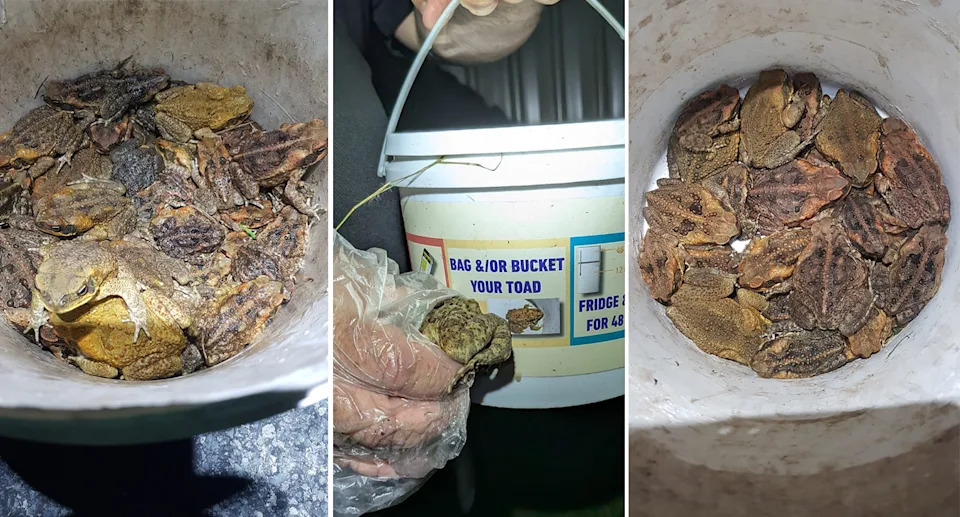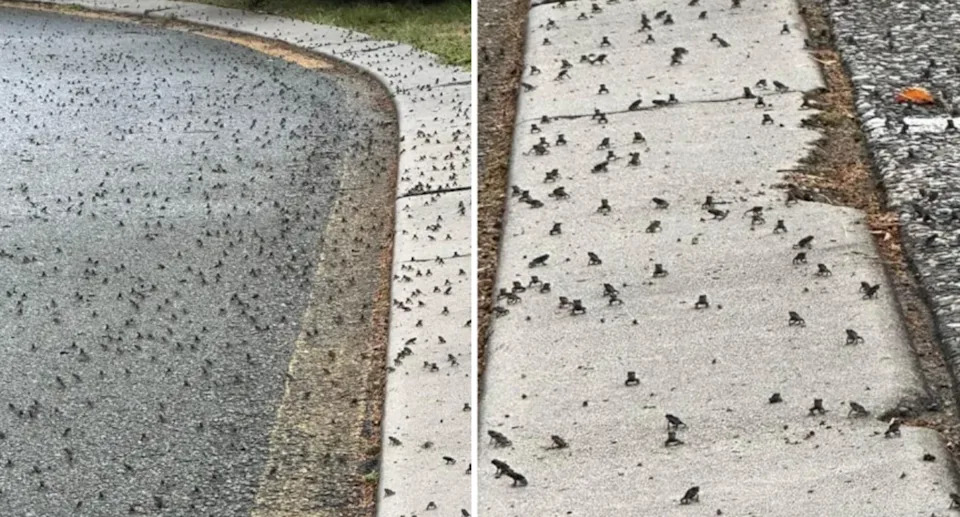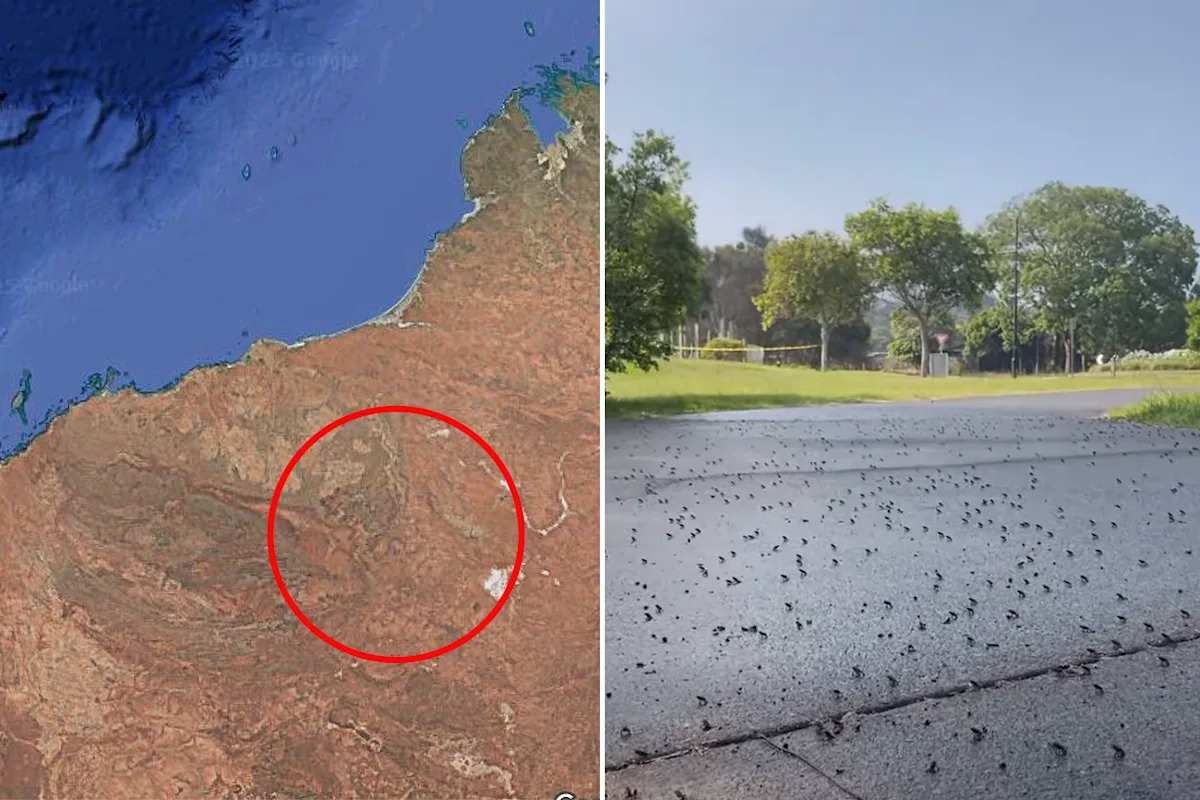Australian conservationists are warning of “catastrophic” declines in already vulnerable native species as the cane toad makes its way deeper into Western Australia, which new forecasts suggest could happen in as little as 10 years.
The introduced species, widely considered to be one of the country’s most destructive invaders, is already widespread across large parts of the country’s northeast. They’re found right across Queensland, the Top End, northern NSW, and are even now established in the Kimberley region of WA, including Kununurra.
New research, released this week, suggests that within 10 to 20 years, they’ll reach the Pilbara. When that happens, an incredible 25 native species will be at “serious” risk. Professor Ben Phillips is from Curtin’s School of Molecular and Life Sciences and co-authored the landmark study.
In an interview with Yahoo News, he said it is “certain” cane toads will soon arrive “if we do nothing” to stop them in their tracks. “There are no containment programs in place,” he warned. “The area between Broome and Port Hedland is the only feasible place to stop the toad invasion. We need to have the containment zone in place by the time they arrive to this area.”

There are estimated to be some 200 million cane toads in Australia. Source: Facebook/Maclean Noticeboard
Three-quarters of the Pilbara at risk
The study, published in Scientific Reports, found that, without strong containment measures, cane toads could occupy as much as 75 per cent of the Pilbara within the next 30 years.
At greatest risk are native marsupial predators such as the northern quoll, ghost bat, and kaluta, along with frog-eating snakes, blue-tongue lizards, and goannas. Researchers predict that nine of these mammals and reptiles could soon qualify for threatened status, while the already vulnerable ghost bat may be pushed into an even higher risk category if the invasion isn’t controlled.
“We already know that northern quolls and yellow-spotted monitors experience catastrophic declines when toads arrive,” Professor Phillips said. “Populations of these species have already seen declines of 70-100 per cent in the Kimberley as toads arrived, and this will continue if toads arrive in the Pilbara.”

Scenes like this one, on the Gold Coast, are commonplace in Queensland. Source: Supplied
In addition, the research suggested that even WA’s mining sector could be impacted, with the sector potentially facing higher costs and new conservation obligations if cane toads spread into the region.
Professor Phillips said areas near permanent water sources are most vulnerable to the invasion, as cane toads can travel up to 30–50 kilometres during the wet season. This means much of the Pilbara region falls within their potential range.
How can we fight back?
Professor Phillips explained that while natural water bodies pose an unavoidable risk, there are practical steps landholders can take to limit artificial water sources that support toads.
He suggested that many pastoral water points, which are typically bore-fed tanks and troughs, could be modified to limit toad access.
The simplest approach, he said, is to prevent leaks and use troughs with walls 45–55 cm high, making the water inaccessible to toads. Without these measures, each leaking watering point could support 600–900 toads during the dry season.
“Removal programs can be effective to eradicate small, isolated toad populations,” he said. “They can also be excellent community engagement and education exercises. But on the mainland, in places where toads will just recolonise from other uncontrolled areas, removal programs make very little difference.”
By establishing a 150km long “toad containment zone” which limits toad access to artificial waterpoints, we may be able to prevent the invasion and push the species back to the top of the barrier — much like how firebreaks are used to halt the spread of bushfires by removing fuel and creating controlled boundaries, Professor Phillips said.
“There is no doubt that the arrival of toads will cause catastrophic declines in culturally important species, which will be felt by the Traditional Custodians of the Pilbara,” he added.
Many of the impacted species are culturally important for traditional owners for stories, songlines, and bush tucker. “The loss of these species can lead to increased reliance on store-bought food, and fewer opportunities for intergenerational transfer of knowledge, skills, and culture,” Professor Phillips said.
Love Australia’s weird and wonderful environment? 🐊🦘😳 Get our new newsletter showcasing the week’s best stories.

